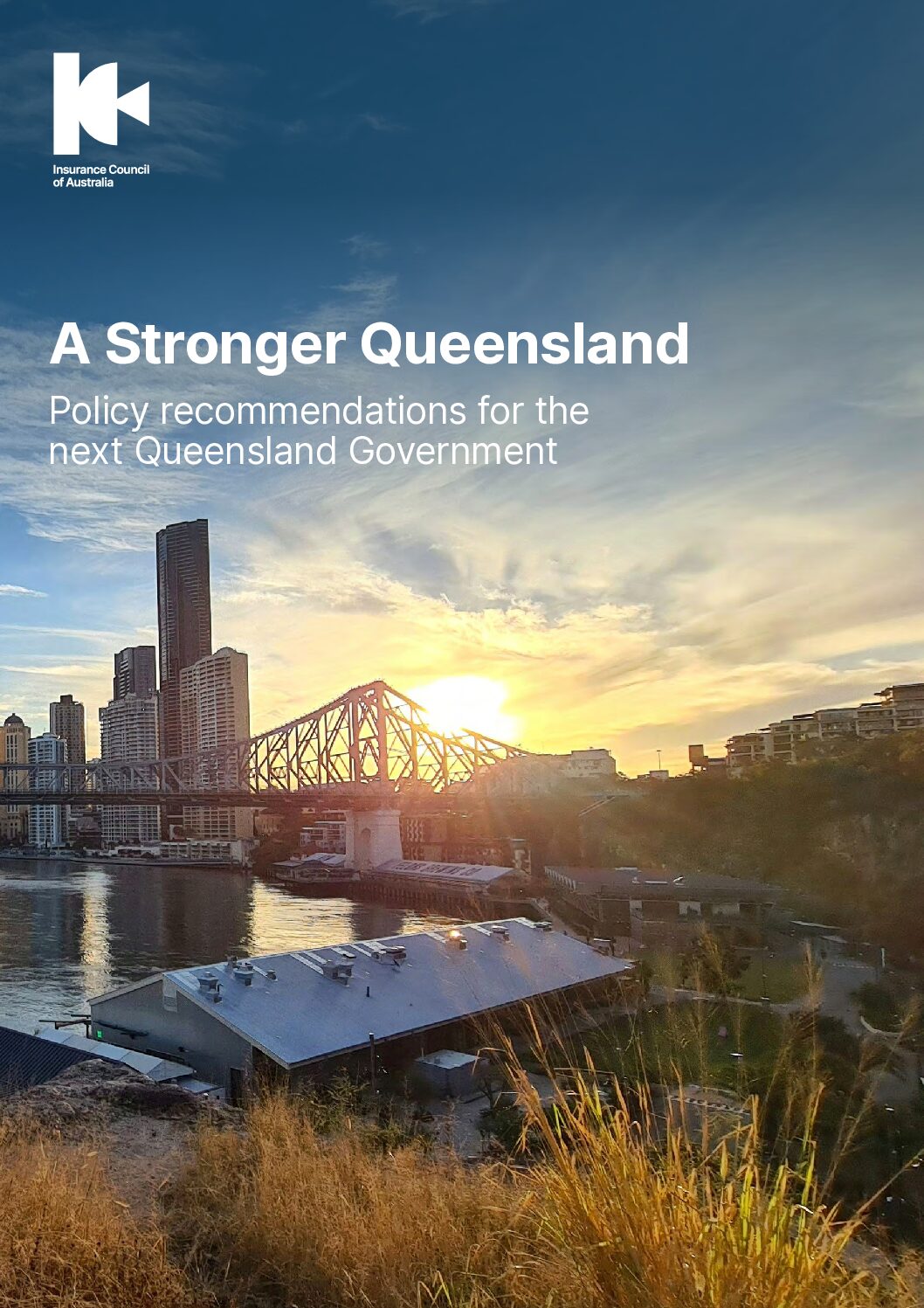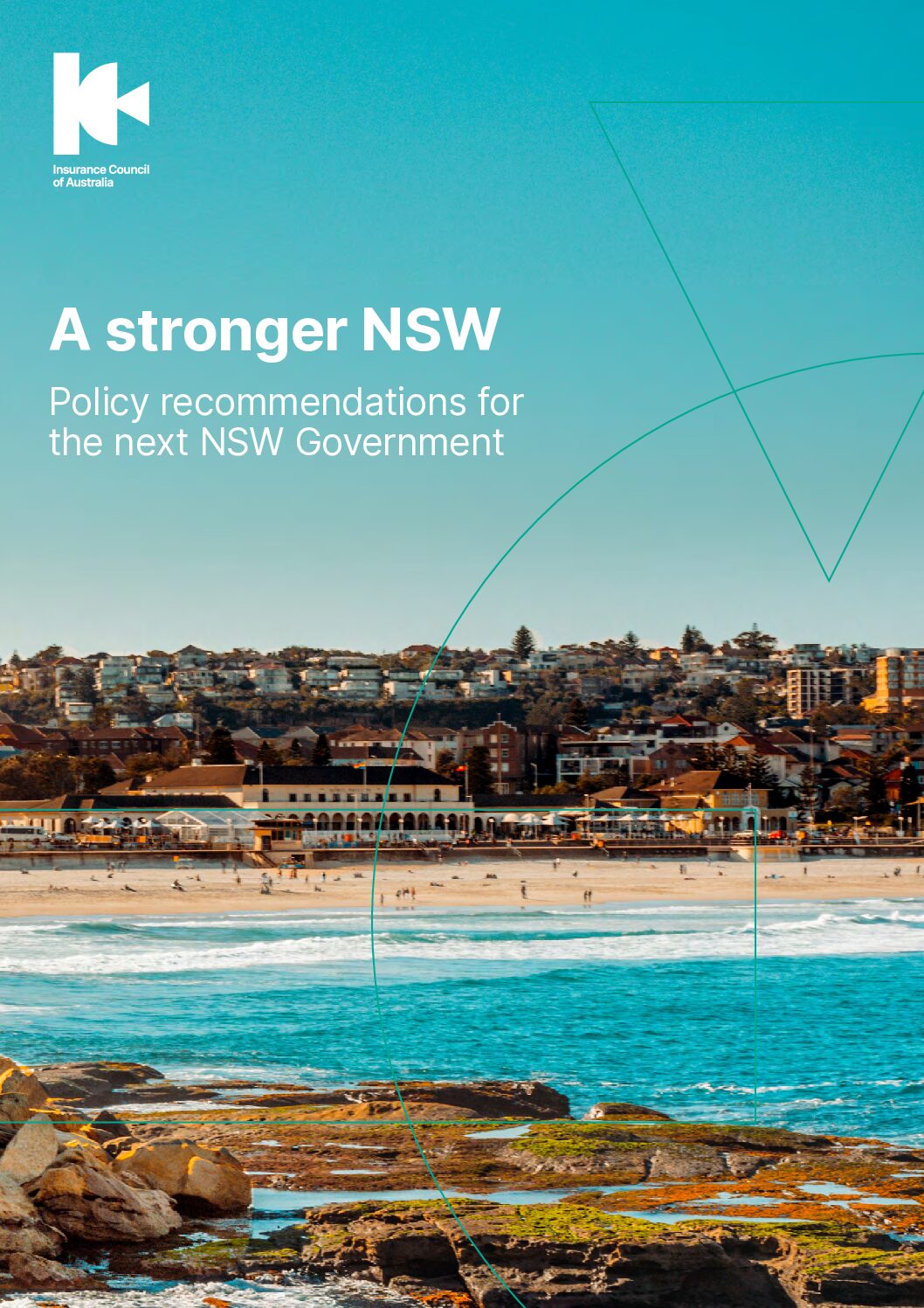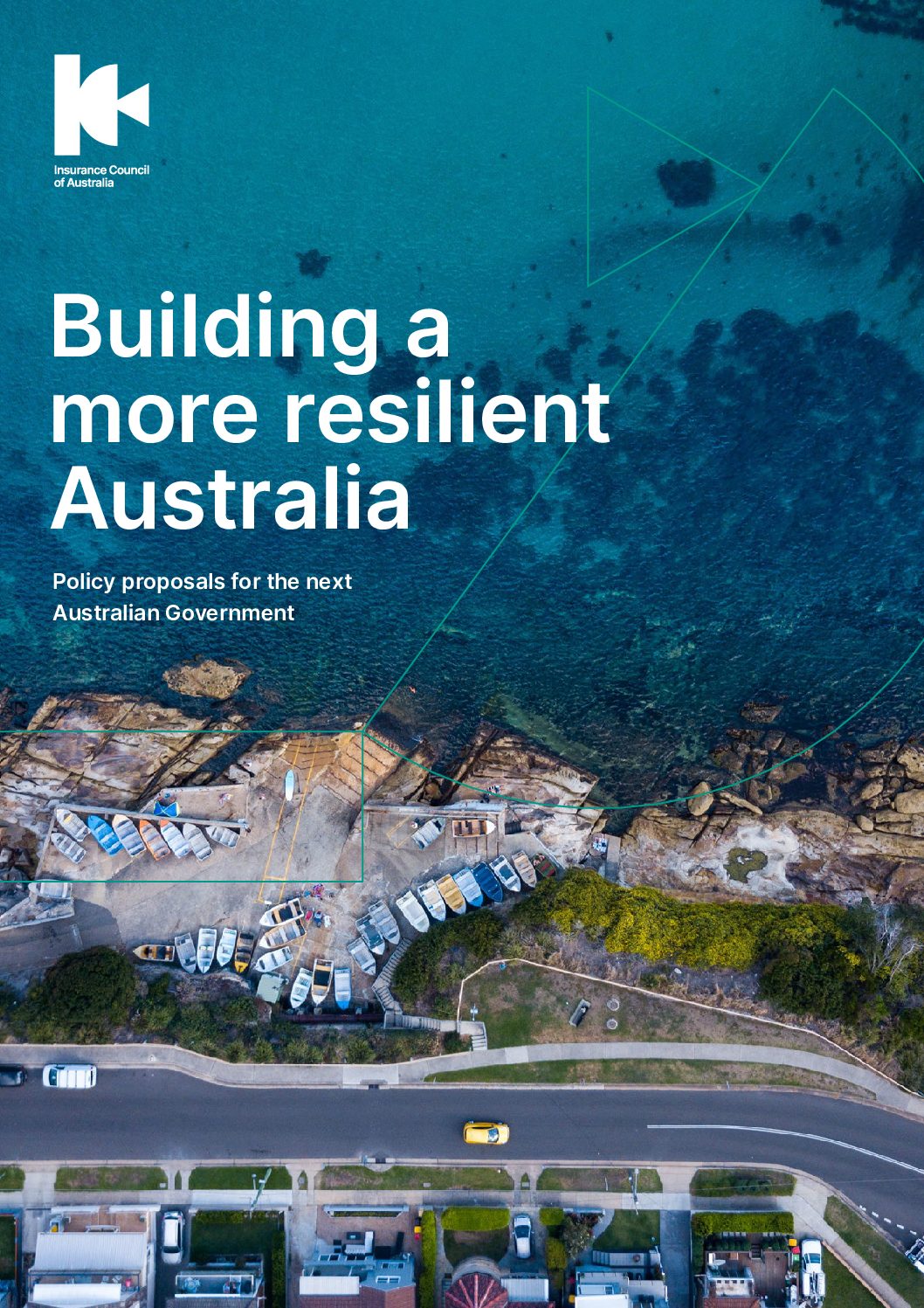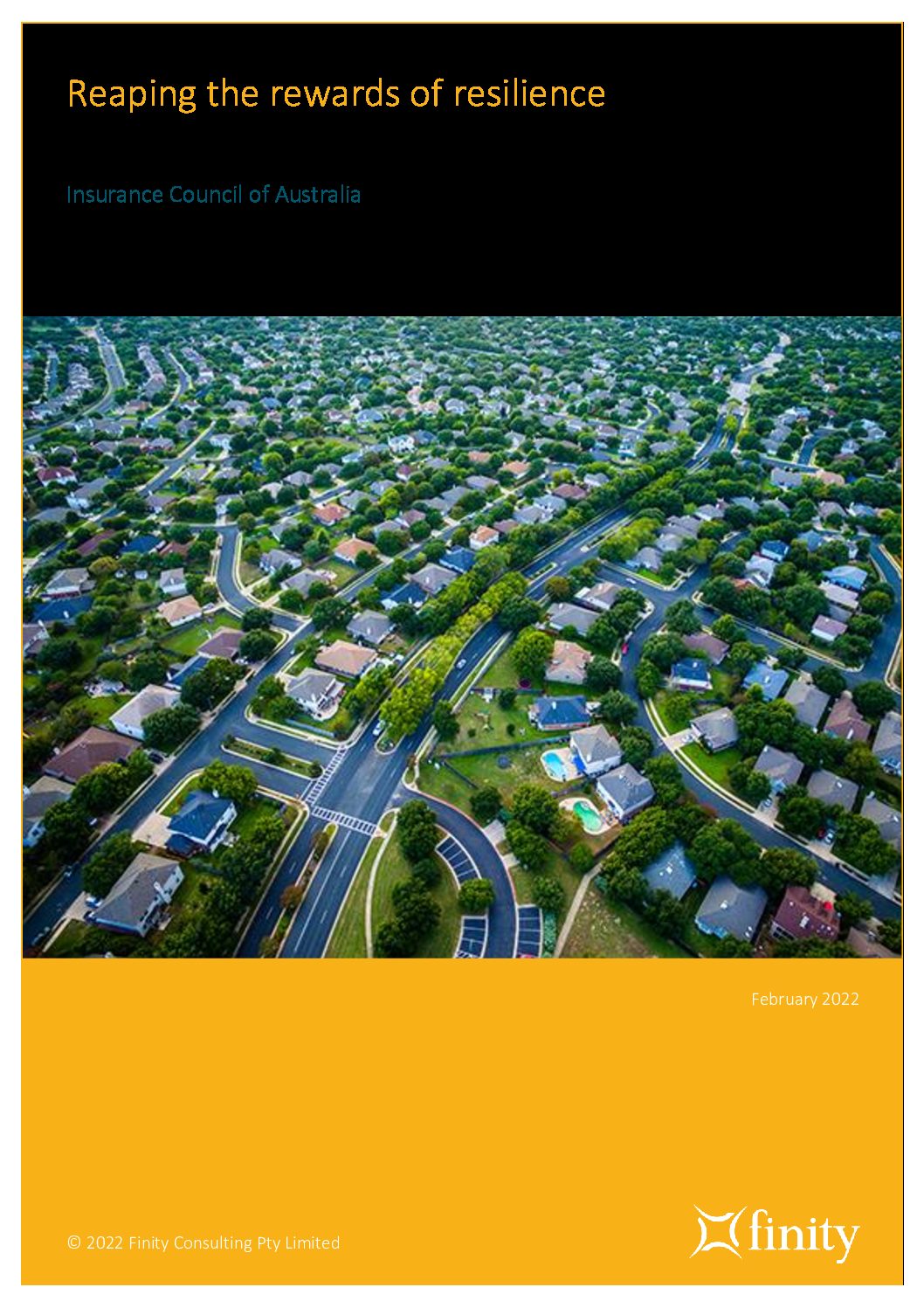Resilience Investment
Home Campaigns Defend Critical Infrastructure Resilience Investment
Resilience Investment
Governments can lessen the impact of extreme weather
Ongoing investment in disaster resilience measures is key to protecting Australia’s homes and businesses from cyclones, floods, and bushfires. The Insurance Council is advocating for improvements to the Disaster Ready Fund (DRF) by transitioning it to a ten-year rolling program, indexing funding to prevent real-term declines, and focusing on high-quality infrastructure projects.
With extreme weather events worsening and three rounds of the DRF now completed, there are clear opportunities to further strengthen the fund. Enhancing its structure and scope will help drive down risk and make meaningful progress toward closing the insurance protection gap.
Ongoing investment essential
The Disaster Ready Fund (DRF), provides up to $200 million to be invested in disaster mitigation annually for five years from 2023-24 matched by the states and territories, was established inline with the Insurance Council’s advocacy in our last Federal Election platform, Building a More Resilient Australia.
At the time, our report and the complementary research from Finity forecast this five-year program of resilience measures costing approximately $2 billion would reduce costs to governments and households by more than $19 billion by 2050, delivering a return on investment of almost 10 times nationally.
Indexed ten-year rolling program needed
As worsening extreme weather continues to challenge Australia, it is clear ongoing and long-term investment in disaster resilience is essential.
To meet this need beyond the current 2028-29 end date, Commonwealth disaster mitigation funding should transition to a rolling ten-year program. This approach would align with the Government’s goal for the DRF to be an enduring, reliable source of funding for communities, governments, and stakeholders.
Benefits of ten-year rolling program
A ten-year program would:
- Enable strategic planning: Communities and governments can develop a high-quality pipeline of projects targeting high-risk areas.
- Maximise return on investment: Focus on projects that deliver the greatest long-term benefits.
- Support flexibility: More adaptable DRF guidelines could allow for longer-term projects by:
- Removing the current three-year time limit.
- Allowing project submissions at any time.
This flexibility would empower state governments to present comprehensive, multi-year plans for funding approval, including projects requiring extended planning and construction timelines.
The cost and savings of Indexation
To prevent funding erosion due to inflation, disaster mitigation funding must be indexed from 2024-25. Without indexation, funding will decline in real terms, limiting its effectiveness.
- Indexed funding from 2024-25 would cost approximately $396 million over 11 years, with only $63 million falling within the forward estimates.
- Annual funding would grow to $266 million by 2034-35.
- Over ten years, the total program cost would be approximately $2.5 billion—a full $1 billion less than the cost of disaster recovery payments and allowances in 2022 alone.
An ongoing DRF would ensure that Australians receive the benefits of resilience and mitigation investment for years to come, and allow governments and communities to plan for long-term projects that put downward pressure on insurance premiums.
Recommendations
The Insurance Council of Australia encourages state and federal governments to:
- Build on the five-year disaster resilience funding announced in the October 2022-23 Budget, move disaster resilience funding to a ten-year rolling program
- Index disaster mitigation funding from 2024-25 so it does not fall in real terms.
- Place a higher priority on hard infrastructure projects covered under DRF Stream One.
- In partnership with industry, identify risk mitigation projects that deliver a significant return on investment and help put downward pressure on premiums.
- Work with insurers to utilise better data to strengthen DRF applications and the assessment process.
- Provide funding to the Resilient Building Council to expand its Bushfire tool to include other natural hazards.
Progress to date
- Disaster Ready Fund: $200m pa x 5 years matched by states and territories = $1 Billion over 5 years.
- Hazard Insurance Partnership: Industry working with government on mitigation and risk reduction.
- Buybacks and retrofits $800m Resilience Homes Program for Northern Rivers and Queensland’s Resilient Homes’ buyback and retrofits program.
- Commitment to building resilience: Ministerial commitment to building resilience as a specific objective of the Australian Building Codes Board from 2025.
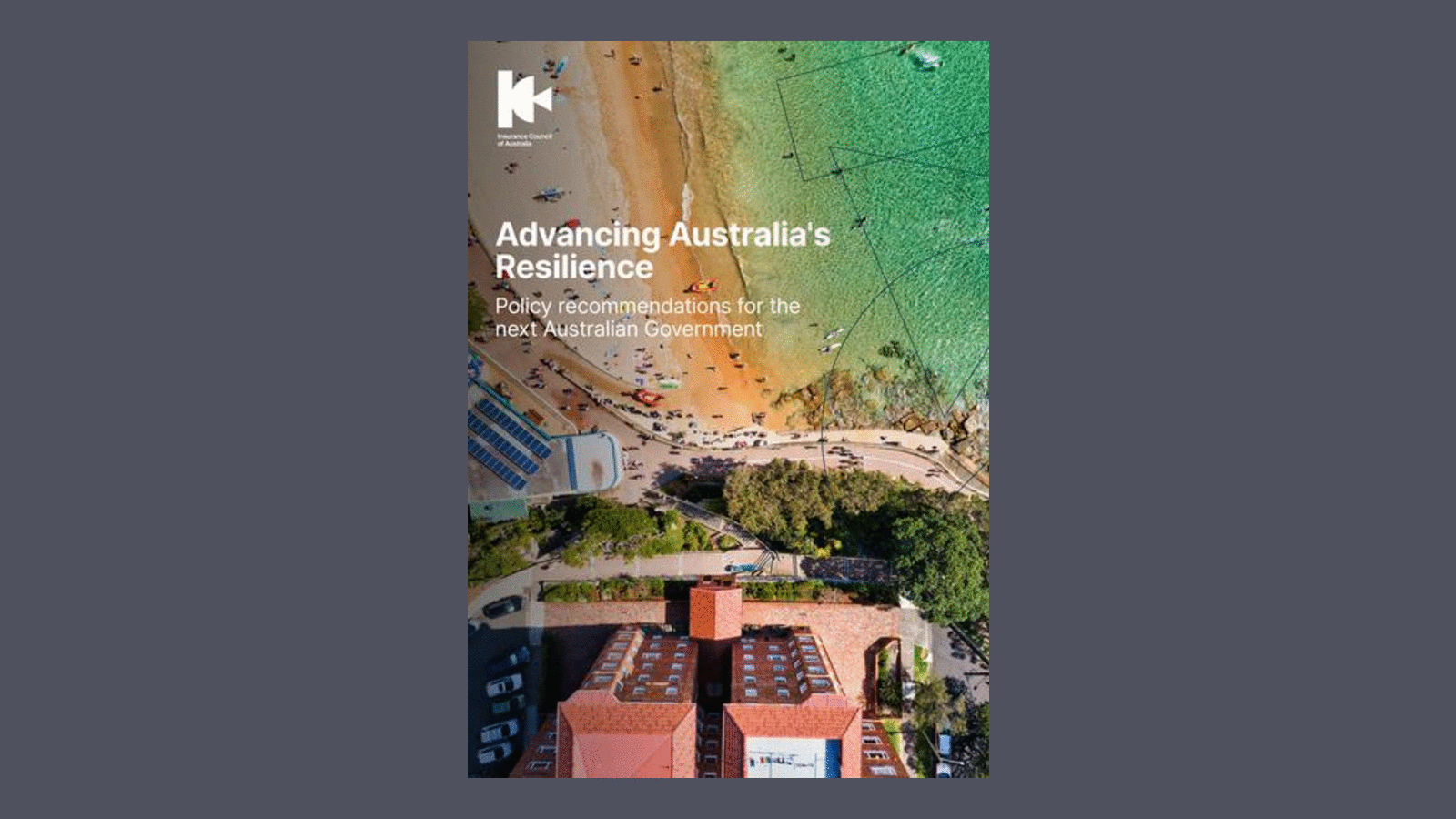

We are the representative body of the general insurance industry in Australia, shaping positive outcomes for our members, our people and the community.
Get in touch
Acknowledgement of Country
Footer


